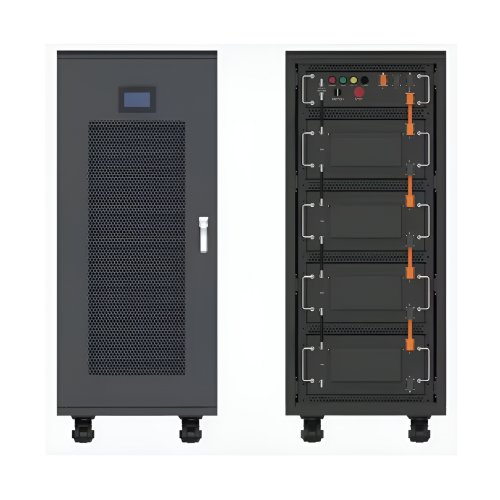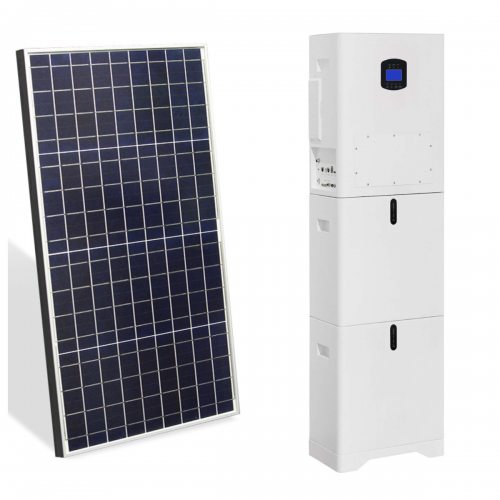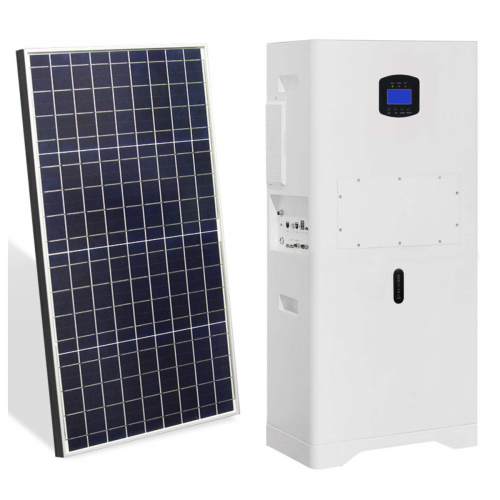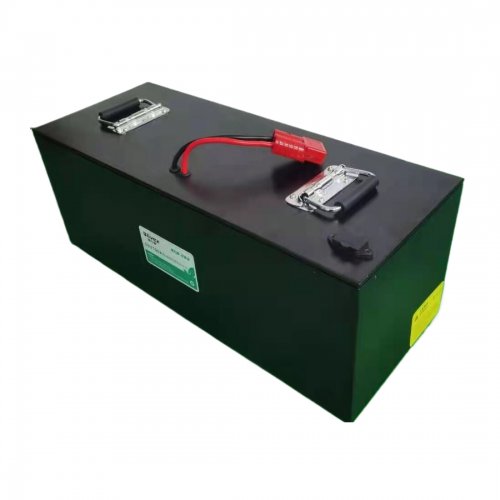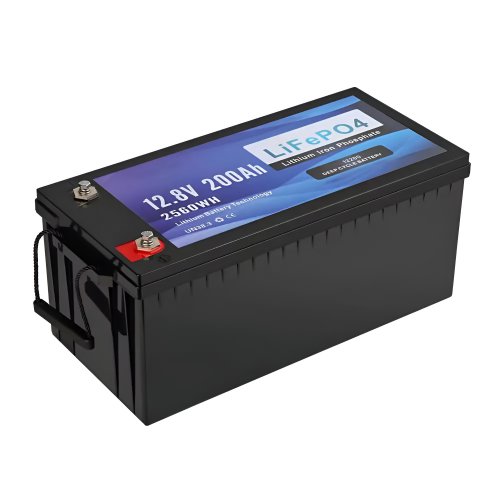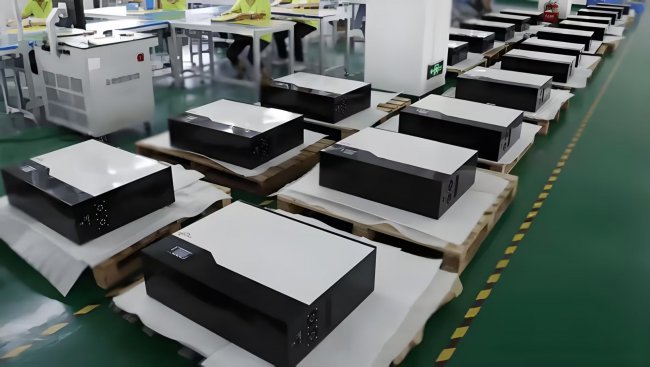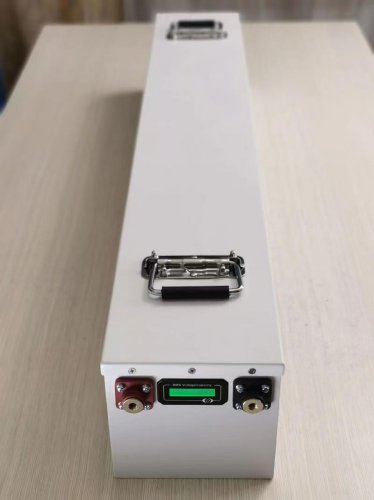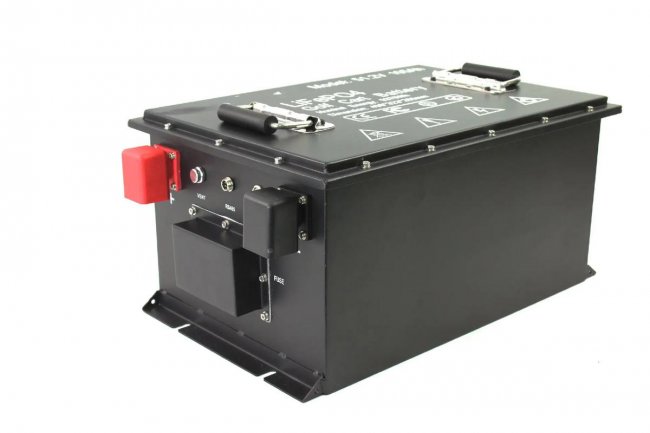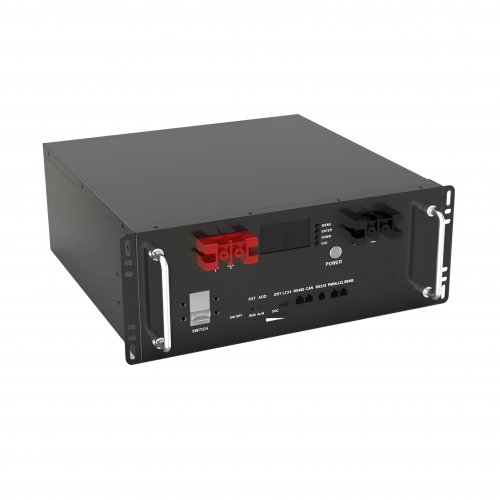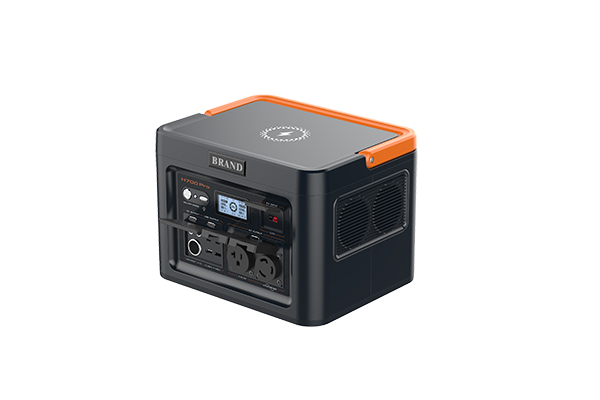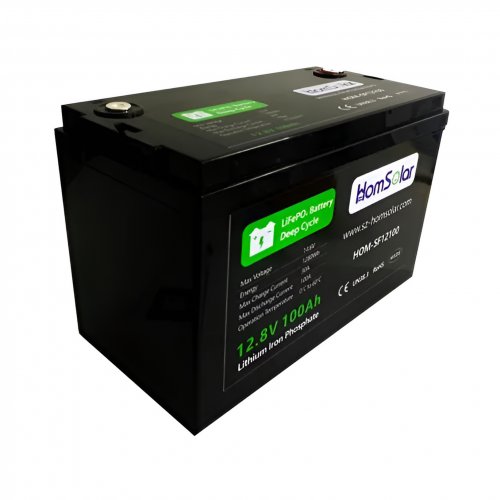Advances In Electrode Engineering: Pioneering Materials, Architectures, And Interfaces For Next-generation Electrochemical Devices
Electrode engineering stands as the cornerstone of modern electrochemistry, dictating the performance, efficiency, and longevity of a vast array of technologies, from energy storage systems to biosensors and electrocatalytic converters. The field has evolved from a focus on bulk material properties to a sophisticated discipline that meticulously designs electrodes across multiple length scales—from atomic composition to three-dimensional macro-structures. Recent years have witnessed a paradigm shift, driven by the integration of novel materials, advanced fabrication techniques, and a deeper understanding of interfacial phenomena. This article explores the latest breakthroughs and future trajectories in electrode engineering, highlighting its pivotal role in shaping a sustainable and technologically advanced future.
1. The Nanoscale Frontier: Precision Engineering of Materials and Surfaces
At the heart of recent progress lies the ability to engineer electrode materials with atomic-level precision. For lithium-ion and post-lithium batteries, this has translated into the development of high-capacity, stable active materials.Silicon and Lithium-Metal Anodes: The long-standing challenges of silicon's massive volume expansion (~300%) and lithium metal's dendrite formation are being addressed through sophisticated nano-engineering. Research has focused on designing structured silicon, such as porous silicon nanoparticles or silicon-carbon yolk-shell structures, which accommodate expansion without pulverization (Liu et al., 2022). For lithium metal, the creation of artificial solid-electrolyte interphases (SEI) using polymers, inorganic nanoparticles, or hybrid layers has shown remarkable efficacy in suppressing dendrites and improving Coulombic efficiency (Cheng et al., 2023). These engineered interfaces guide uniform lithium plating/stripping, significantly enhancing cycle life.High-Voltage Cathodes: The push for higher energy density requires cathodes that operate at voltages beyond 4.5 V (vs. Li/Li+). Engineering the cathode surface with stable coating layers, such as lithium-ion conducting oxides (e.g., Li₃PO₄) or Al₂O₃, has proven critical in mitigating transition metal dissolution and electrolyte decomposition at high voltages (Qiao et al., 2023). Furthermore, single-crystal cathode particles are replacing polycrystalline ones, as they exhibit superior mechanical integrity and reduced surface area, minimizing parasitic reactions and cracking.Beyond Intercalation: For systems like lithium-sulfur (Li-S) batteries, engineering focuses on trapping and catalyzing the conversion of lithium polysulfides. The integration of polar catalysts like single-atom catalysts (SACs) anchored on carbon matrices or MXene substrates has demonstrated exceptional capability in adsorbing polysulfides and accelerating their conversion kinetics, tackling the notorious "shuttle effect" head-on (Zhao et al., 2023).
2. Architectural Innovation: The Rise of 3D Multifunctional Scaffolds
Moving beyond the traditional slurry-cast 2D electrode, the field is increasingly embracing 3D electrode architectures. These designs are not merely supports for active materials; they are multifunctional components that enhance ion and electron transport, provide mechanical stability, and even enable new functionalities.3D Porous Current Collectors: Replacing flat foils with 3D porous scaffolds, such as carbon foams, metal sponges, or vertically aligned carbon nanotube (VACNT) forests, drastically reduces the tortuosity for ion diffusion. This is particularly impactful for thick electrodes, which are essential for achieving high energy density without sacrificing power. For instance, 3D-printed graphene-lattice electrodes have demonstrated exceptional rate capability even at high mass loadings (>10 mg/cm²) (Yang et al., 2022).Free-Standing and Binder-Free Electrodes: The elimination of inactive binders and conductive additives through the fabrication of free-standing electrodes is a significant leap forward. Techniques like vacuum filtration, electrospinning, and direct growth create interconnected networks where active materials (e.g., MoS₂, silicon, or sulfur) are intimately integrated with a conductive matrix like graphene or carbon nanofibers. This architecture ensures robust electrical connectivity and structural integrity, leading to enhanced performance and stability.Graded and Asymmetric Architectures: Inspired by nature, researchers are designing electrodes with composition and porosity gradients. A common design features a dense, high-conductivity layer near the current collector and a more porous, reaction-optimized layer facing the electrolyte. This "functionally graded" design optimizes electron and ion transport pathways simultaneously, minimizing internal resistance (Chen et al., 2023).
3. Advanced Manufacturing and In Situ Characterization
The realization of these complex designs is made possible by breakthroughs in manufacturing and characterization.Additive Manufacturing: 3D printing, particularly direct ink writing (DIW) and stereolithography (SLA), is revolutionizing electrode fabrication. It allows for the creation of custom, digitally designed geometries with controlled pore networks that are impossible to achieve with traditional methods. This paves the way for seamlessly integrated, shape-conformable batteries and supercapacitors for wearable and micro-electronics.In Situ and Operando Techniques: Understanding dynamic processes within electrodes during operation is crucial. Techniques like in situ transmission electron microscopy (TEM), X-ray tomography, and Raman spectroscopy provide real-time visualization of phase transformations, strain evolution, and dendrite growth. This direct observation allows for data-driven electrode design, moving away from trial-and-error approaches. For example, operando XRD has been instrumental in mapping the strain heterogeneity in Ni-rich cathodes, guiding the development of more resilient particle morphologies.
4. Expanding Horizons: Electrodes for Electrocatalysis and Biosensing
The principles of advanced electrode engineering are equally transformative beyond energy storage.Electrocatalysis: For reactions like the hydrogen evolution reaction (HER), oxygen evolution reaction (OER), and CO₂ reduction reaction (CO2RR), engineering the electrode's surface structure and local chemical environment is key. The design of 3D gas-diffusion electrodes (GDEs) with hydrophobic/hydrophilic tuned channels ensures efficient gas, liquid, and ion transport, preventing flooding and maximizing the triple-phase boundary. Coupling this with nanostructured catalysts, such as defect-rich oxides or metal-organic frameworks (MOFs), dramatically enhances activity and selectivity (Wang et al., 2023).Biosensing and Bioelectronics: Electrode engineering enables highly sensitive and selective biosensors. Nanostructuring with materials like graphene or gold nanoparticles increases the effective surface area for biomolecule immobilization and enhances electron transfer kinetics. Furthermore, the development of flexible and stretchable electrode substrates, often using hydrogels or elastomeric composites, is foundational for implantable devices and on-skin health monitors.
Future Outlook and Challenges
The future of electrode engineering lies in increasing sophistication and multifunctionality. Key directions include:AI-Driven Design: Machine learning and computational screening will accelerate the discovery of optimal material combinations and architectures, predicting properties and lifetime before synthesis.Sustainable and Abundant Materials: Engineering will increasingly focus on earth-abundant, non-toxic elements, moving away from critical materials like cobalt. This includes the development of high-performance electrodes based on sodium, potassium, zinc, and aluminum.Dynamic and Self-Healing Electrodes: The next frontier involves "smart" electrodes that can adapt to operational stresses. Incorporating self-healing polymers or reversible chemical bonds could allow electrodes to autonomously repair cracks or reform stable SEI layers, dramatically extending device lifespan.Multi-Functional Integration: Future electrodes may serve dual purposes, such as storing energy while providing structural support (structural batteries) or acting as catalytic reactors and sensing platforms simultaneously.
In conclusion, electrode engineering has matured into a highly interdisciplinary field where materials science, chemistry, and manufacturing converge. The ongoing transition from passive material containers to actively engineered components is unlocking unprecedented performance across electrochemical technologies. By continuing to innovate at the atomic, nano, and macro scales, electrode engineering will remain the primary enabler for the next generation of clean energy, environmental, and healthcare solutions.
References (Examples):Chen, Z., et al. (2023). "Gradient-Architectured Electrodes for High-Energy-Density Batteries."Nature Energy, 8(2), 150-162.Cheng, X.-B., et al. (2023). "Toward Safe Lithium Metal Anodes: A Review on Recent Advances in Electrolyte and Interphase Engineering."Advanced Materials, 35(12), 2206788.Liu, Y., et al. (2022). "Porous Silicon Nanospheres for High-Performance Lithium-Ion Battery Anodes."Science Advances, 8(15), eabm3824.Qiao, Y., et al. (2023). "Stabilizing High-Voltage Cathode Interfaces via Atomic Layer Deposition of Li-Ion Conducting Coatings."Joule, 7(4), 752-765.Wang, Y., et al. (2023). "Engineering the Local Microenvironment in CO₂ Reduction Electrodes."Chemical Reviews, 123(11), 7299-7363.Yang, C., et al. (2022). "3D-Printed Graphene Frameworks for Ultra-Thick Battery Electrodes."Advanced Materials, 34(28), 2208300.Zhao, M., et al. (2023). "Single-Atom Catalysts on MXene Substrates for High-Loading Lithium-Sulfur Batteries."Nature Communications, 14, 2015.
Customized/OEM/ODM Service
HomSolar Supports Lifepo4 battery pack customization/OEM/ODM service, welcome to contact us and tell us your needs.


HomSolar: Your One-stop LiFePO4 Battery Pack & ESS Solution Manufacturer
Our line of LiFePO4 (LFP) batteries offer a solution to demanding applications that require a lighter weight, longer life, and higher capacity battery. Features include advanced battery management systems (BMS), Bluetooth® communication and active intelligent monitoring.

Customised Lithium Iron Phosphate Battery Casing
ABS plastic housing, aluminium housing, stainless steel housing and iron housing are available, and can also be designed and customised according to your needs.

HomSolar Smart BMS
Intelligent Battery Management System for HomSolar Energy Storage System. Bluetooth, temperature sensor, LCD display, CAN interface, UART interface also available.


Terminals & Plugs Can Be Customized
A wide range of terminals and plugs can be customised to suit the application needs of your battery products.

Well-designed Solutions for Energy Storage Systems
We will design the perfect energy storage system solution according to your needs, so that you can easily solve the specific industry applications of battery products.



About Our Battery Cells
Our energy storage system products use brand new grade A LiFePO4 cells with a battery lifespan of more than 4,000 charge/discharge cycles.



Applications in Different Industries
We supply customized & OEM battery pack, assemble cells with wiring, fuse and plastic cover, all the cell wires connected to PCB plug or built BMS.
Applications: E-bike, Electric Scooter, Golf Carts, RV, Electric Wheelchair, Electric Tools, Robot Cleaner, Robot Sweeper, Solar Energy Storage System, Emergency Light, Solar Power Light, Medical Equipment, UPS Backup Power Supply.
We can provide you with customized services. We have the ability to provide a vertical supply chain, from single cells to pack/module and to a complete power solution with BMS, etc.


HomSolar (Shenzhen) Technology Co., Ltd








